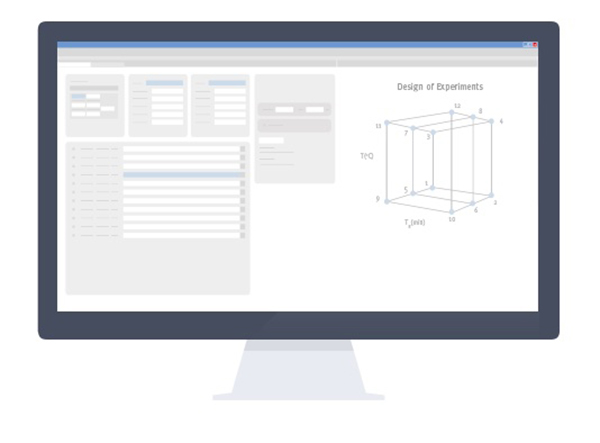DryLab Basic

DryLab Basic
DryLab uses real data to create color-coded maps plotting critical resolution as a function of one or two method parameters. In addition to visualizing the interaction of these parameters, you can also predict chromatograms for changes in other method conditions, such as column dimensions, flow rate, gradient elution, instrument parameters, and many more! Each point within the map corresponds to a unique chromatogram, displayed directly below your resolution map, and you can watch how the resolution changes as you modify the method parameters. Many reversed phase modi, also called Design of Experiments (DoE's) are possible, and you can choose from the following parameters to build your model:
- Gradient Time
- Temperature
- pH
- Ternary Eluent Composition
- Isocratic %B
- Ionic Strength
- Additive Concentration
- Buffer Concentration
By modeling your separation with DryLab, you’ll quickly find optimum separation conditions and gain transparency, understanding, and control of your method.
Peak Tracking
The identification and assignment of peaks from a set of systematic experiments is an important first step in controlling the HPLC method development process. DryLab’s peak tracking feature includes both peak areas and molecular masses, and offers you an efficient tool for preparing your peak table in an organized and systematicmanner. Within your table you can reorder and turn peak positions, separate double and triple peaks, and reduce complexity. It's color-coded to indicate the likelihood of correct peak identification, and the Comparison Feature checks your original experimental runs against your DryLab model to help further control for errors.
Gradient Editor
The Gradient Editor is a powerful tool for optimizing your method via gradient elution. While your input experiments must be run with a linear gradient, once you’ve built your DryLab model you can modify the gradient time, change the start and end %B, and add gradient steps. You caneither manually control this process or choose to let DryLab automatically find the best linear or step gradient. This Gradient Editor helps not only to drastically reduce run times, but also to dramatically increase resolution between peak pairs.
ColumnMatch
ColumnMatch lets you compare the selectivity of different columns. Taking into account contributions such as hydrophobicity, steric selectivity, hydrogen-bond-acidity, hydrogen-bond-basicity, and ion-exchange properties ofthe silanol groups at different pH-values, ColumnMatch supports you in selecting an equivalent column. In the event that you want to discover hidden peaks, you can also select columns that are very different in their selectivities.